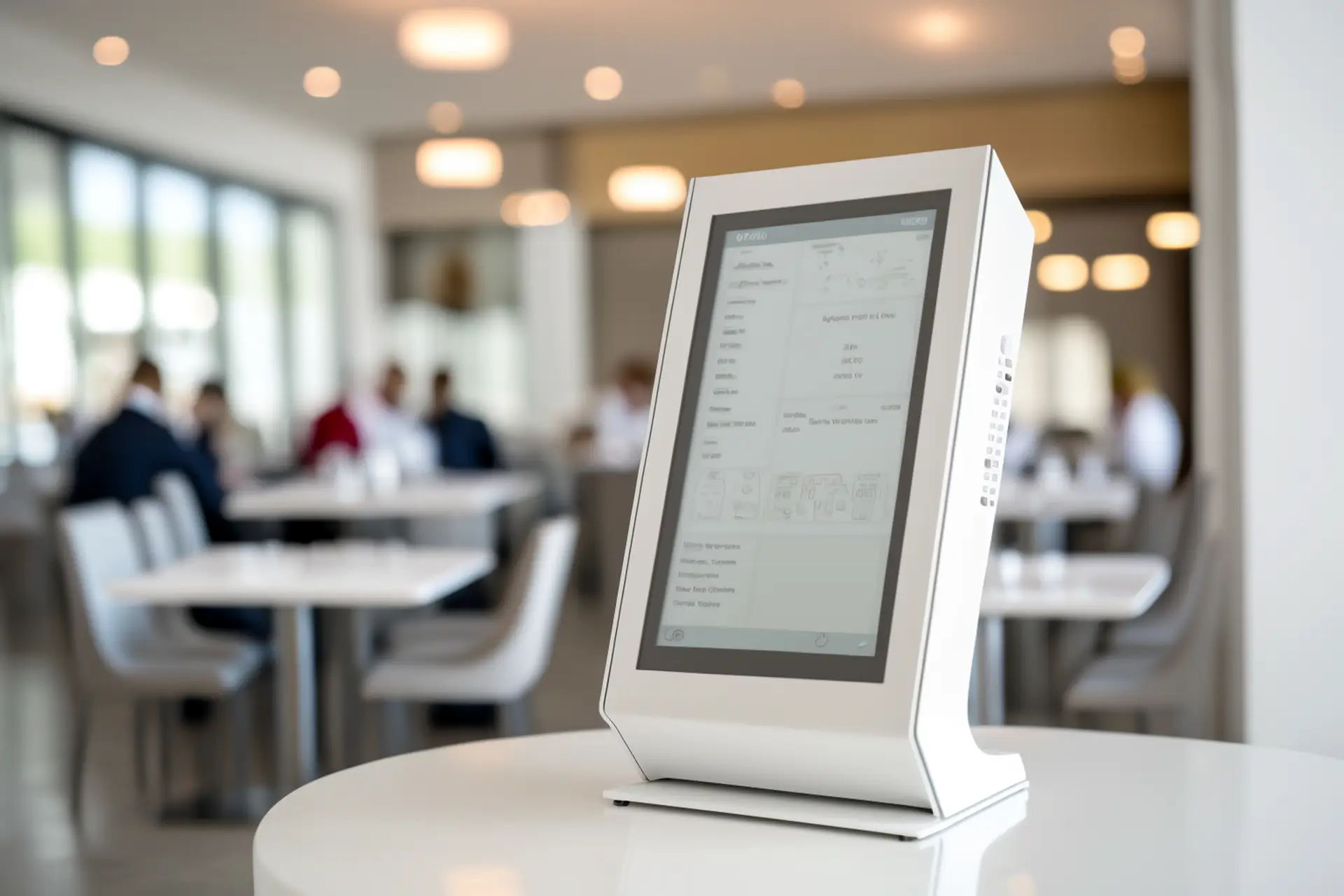
Last updated on July 23rd, 2024
From enhancing customer experience to streamlining operations, technology has become a competitive game-changer. Here are more than 20 ways technology, software and apps are promoting productivity, saving money, or improving service in the restaurant sector.
- Automated invoicing and inventory systems connect with your POS and supplier systems to better manage food and beverage costs.
- Contactless payment enables diners to tap their contactless cards or smartphones on a payment terminal to pay without cash or a PIN.
- Delivery apps enable customers to place and pay for their orders and delivery via their mobile devices. There are also solutions that enable you to integrate orders coming from multiple apps to better manage the process.
- Digital menus with augmented reality allow customers to see potential food choices in 3D before placing their order.
- Digital menu boards are visually attractive electronic screens that can be used to display and easily update special offers, menu items, prices, events, and more.
- Event software helps you manage parties, weddings, special events, and more with documentation tracking, communication tools, and reports.
- Inventory management solutions help track stock and automate ordering to control costs, reduce waste, and ensure you have what’s needed to deliver on your menu. Some are even tailored specifically for bars.
- Kitchen display systems replace paper orders with online ones to facilitate smoother, more accurate, and timely food prep.
- Online order systems let customers place orders directly from a restaurant website or via a third-party app.
- Point of Sale or POS systems serve as a command center where numerous functions come together to help you manage a variety of tasks from order taking and processing to sales monitoring and payment processing.
- QR code menu allows you to create a QR code, and place it on tables. Customers scan them to see the menu, place orders, and make payments via their own mobile devices.
- Reservation systems allow customers to make reservations online and restaurants better manage seating arrangements and wait times. There are even solutions that sell tickets for seating to minimize no-shows and last-minute cancellations.
- Rewards programs, whether as a stand-alone or integrated with another system, allow you to reward customers with special offers, discounts, and other perks to build loyalty.
- Robot assistants help kitchen staff by performing repetitive tasks like chopping and stirring.
- Scheduling software to help you schedule employees, as well as track and manage labor costs.
- Self-order kiosks enable customers to place orders using a touchscreen.
- Supplier management solutions simplify all of the activities that go into overseeing multiple vendors.
- Waste management software and apps can help with sustainability efforts by helping you reduce the use of non-eco-friendly materials while directing where you can send leftovers.
- Waitlist app helps manage waitlists and improve customer communications during busy times.
- Wearable tech devices facilitate communication between customers, staff, and managers, promoting greater responsiveness when a customer needs something.
- Website builder programs specifically tailored for restaurants enable you to showcase your menu, and hours of service, accept online orders, and more.
That’s just a sampling. Before embarking on a tech shopping spree, you may want to consider how technology fits into your overall business strategy so your investments make the greatest impact.
To free you up to focus on your business, we want to remind you that you can always count on RBT CPAs for accounting, audit, tax, and advisory services. Give us a call to see how we can be Remarkably Better Together.
RBT CPAs never offshore work outside of the U.S. so you always know who is handling your financial information.
